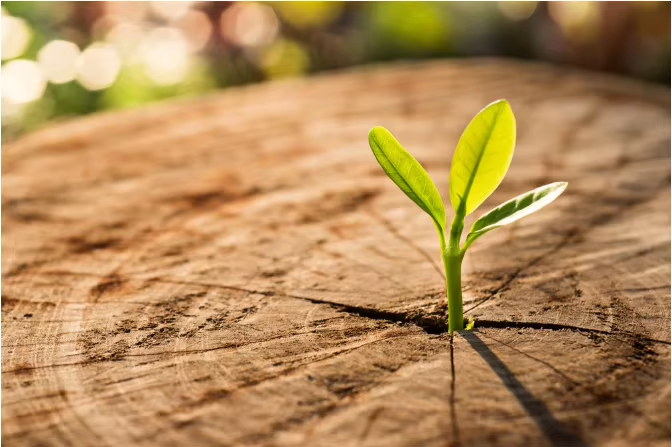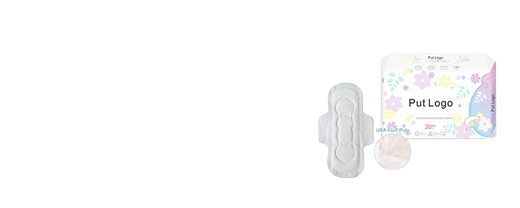Wholesale Wall Hanging Type Tissue Paper Custom High Absorbent Soft Facial Tissue Paper
A wall-mounted bottom drainage system is an efficient and space-saving solution designed for fluid discharge in industrial, agricultural, or residential applications. This system allows for controlled drainage from the base of a wall-mounted tank or container, ensuring optimal fluid management with minimal maintenance.
- MAKIO
- CHINA
- 20-30days
- 100X40HC
Details
1. Introduction
The wall-mounted bottom drainage system is an advanced fluid management solution designed for efficient liquid discharge in various industrial, commercial, and residential applications. This system is engineered to optimize space utilization, enhance drainage efficiency, and minimize maintenance requirements.
Unlike traditional floor-based drainage systems, a wall-mounted bottom drain (WMBD) is installed at the lower section of a tank or container, allowing gravity-assisted fluid extraction while maintaining structural integrity. Its applications span across multiple industries, including aquaculture, water treatment, chemical processing, HVAC, and hydroponics.
This guide provides an in-depth exploration of wall-mounted bottom drainage systems, covering their design principles, operational mechanisms, material selection, installation procedures, maintenance protocols, and industry-specific applications.
Tissue Paper Tissue Paper Tissue Paper Tissue Paper Tissue Paper Tissue Paper
Wall Hanging Type Tissue PaperWall Hanging Type Tissue PaperWall Hanging Type Tissue PaperWall Hanging Type Tissue PaperWall Hanging Type Tissue Paper
Facial Tissue PaperFacial Tissue PaperFacial Tissue PaperFacial Tissue PaperFacial Tissue PaperFacial Tissue Pap2. Key Components & Design Features
A well-engineered wall-mounted bottom drainage system consists of several critical components:
2.1 Drain Body & Housing Tissue Paper Tissue Paper Tissue Paper Tissue Paper Tissue Paper
Constructed from stainless steel (304/316), PVC, ABS, or reinforced polymers for corrosion resistance.
Features a low-profile design to minimize space occupancy.
May include anti-clogging mechanisms (e.g., sieve filters, vortex technology).
2.2 Outlet & Connection Ports
Standardized threaded (NPT, BSP) or slip-fit connections for compatibility with piping systems.
Optional flange-mounted designs for high-pressure applications.
2.3 Flow Control Mechanisms
Manual/Automatic Valves: Ball valves, gate valves, or solenoid-controlled systems for regulated discharge.
Adjustable Weirs: Used in water treatment for precise liquid level management.
2.4 Sediment & Debris Management
Built-in filtration screens to prevent clogging.
Self-cleaning designs in advanced models (e.g., rotating brushes, backflush capability).
2.5 Sealing & Leak Prevention
EPDM or silicone gaskets for watertight sealing.
Reinforced O-rings in high-pressure environments.
3. Working Principle
The wall-mounted bottom drainage system operates on gravity-driven fluid dynamics:
Fluid Collection: Liquid accumulates at the base of the tank due to gravity.
Drainage Activation:
Passive Systems: Rely on gravity (no moving parts).
Active Systems: Use pumps or valves for controlled discharge.
Filtration & Debris Handling:
Solid waste is filtered via mesh screens.
Sediment is directed toward a collection chamber.
Discharge Phase:
Liquid exits through the outlet port into drainage pipes or recycling systems.
4. Advantages Over Conventional Drainage Systems
| Feature | Wall-Mounted Bottom Drain | Traditional Floor Drain |
|---|---|---|
| Space Efficiency | ✔️ Compact, wall-mounted | ❌ Requires floor space |
| Sediment Removal | ✔️ Efficient bottom suction | ❌ Prone to clogging |
| Maintenance Ease | ✔️ Easy access for cleaning | ❌ Difficult to service |
| Leak Resistance | ✔️ Sealed design | ❌ Potential floor leaks |
| Installation Flexibility | ✔️ Adaptable to tanks & walls | ❌ Fixed floor position |
5. Applications in Various Industries
5.1 Aquaculture & Fish Farming
Function: Removes waste, uneaten feed, and biofilms from tanks.
Benefits:
Improves water quality for fish health.
Reduces manual cleaning frequency.
5.2 Water Treatment Plants
Function: Facilitates sludge removal in sedimentation tanks.
Benefits:
Enhances filtration efficiency.
Minimizes downtime for maintenance.
5.3 Hydroponics & Aquaponics
Function: Drains nutrient solutions for recirculation.
Benefits:
Prevents root rot by eliminating stagnant water.
Optimizes nutrient delivery.
5.4 Industrial Chemical Processing
Function: Safe discharge of corrosive or hazardous liquids.
Benefits:
Chemical-resistant materials (PTFE, PP).
Reduces spill risks.
5.5 HVAC & Condensate Drainage
Function: Removes condensation from wall-mounted AC units.
Benefits:
Prevents mold growth & water damage.
Low-maintenance operation.
6. Installation Guidelines
6.1 Pre-Installation Checks
Verify tank wall thickness for secure mounting.
Ensure piping alignment matches drain outlet.
6.2 Step-by-Step Installation
Mark & Drill Mounting Points
Use a template for precision.
Secure the Drain Body
Apply sealant to prevent leaks.
Connect Discharge Piping
Use compatible fittings (PVC, stainless steel).
Test for Leaks
Perform a water flow test before full operation.
6.3 Common Installation Mistakes
❌ Improper sealing → Leads to leaks.
❌ Misaligned piping → Causes flow restrictions.
❌ Incorrect material selection → Corrosion risk.
7. Maintenance & Troubleshooting
7.1 Routine Maintenance
Weekly: Inspect for debris buildup.
Monthly: Check gaskets and seals.
Annually: Replace worn components.
7.2 Troubleshooting Common Issues
| Issue | Possible Cause | Solution |
|---|---|---|
| Slow Drainage | Clogged filter | Clean/replace screen |
| Leakage | Damaged gasket | Replace sealing ring |
| Unpleasant Odors | Bacterial growth | Sanitize with mild bleach |
8. Future Innovations & Smart Drainage Systems
IoT-Enabled Drains: Remote monitoring via sensors.
Self-Cleaning Mechanisms: Automated backflushing.
3D-Printed Custom Designs: Tailored for niche applications.
9. Conclusion
The wall-mounted bottom drainage system is a versatile, efficient, and durable solution for liquid management across multiple industries. Its space-saving design, ease of maintenance, and superior sediment handling make it a preferred choice over traditional floor drains.
By selecting the right materials, ensuring proper installation, and following maintenance protocols, users can maximize the system’s lifespan and performance.
For specialized applications, customizable and smart drainage solutions are emerging, further enhancing efficiency in fluid control systems.
Facial Tissue Paper Facial Tissue Paper Facial Tissue Paper Facial Tissue Paper Facial Tissue Paper

Facial Tissue Paper Facial Tissue Paper Facial Tissue Paper
Product Tag
Get the latest price? We'll respond as soon as possible(within 12 hours)























